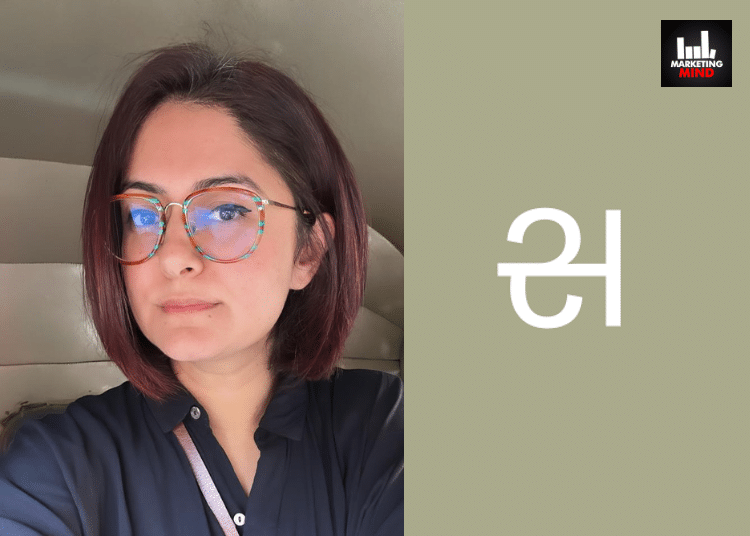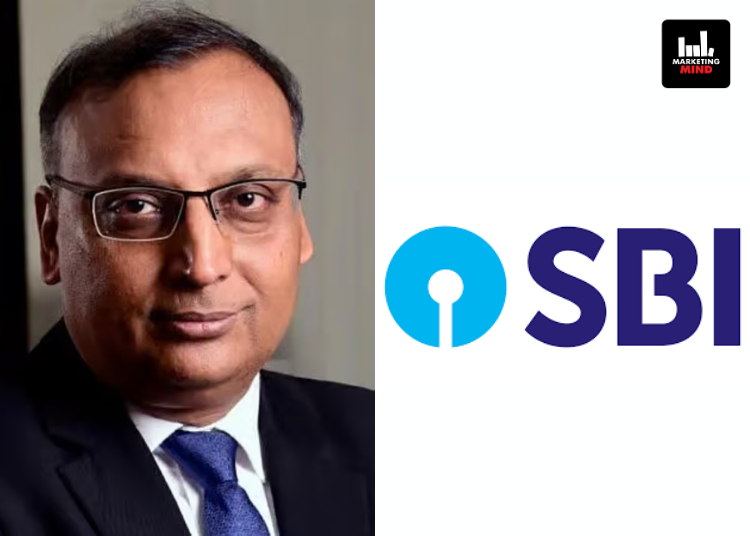Simplicity provides the highest sophistication and greatest elegance, they say, and the same stands true in the intricate world of fashion and lifestyle as what goes, comes around in this industry more than anything else.
Amidst this cyclic nature of retro fashion becoming mainstream and today’s mainstream becoming tomorrow’s retro in the world of fast fashion brands, it is the ‘minimalist’, ‘aesthetic’ and ‘homegrown’ culture which is certainly creating significant hype amongst GenZs in India.
And one brand which has made inroads into the hearts of homegrown fashion and apparel aficionados in the country owing to its minimalist and chic designs as well as the trifecta of its core values- sustainability, renewal and local craftsmanship, is Saphed Living.
Founded by Shirin Salwan in April 2020, Saphed is a textile company which is particularly focussed on reigniting ‘romance’ with quality linen products for modern living out of India’s heartland for textiles- Mumbai after drawing inspiration from the nation’s geography and culture.
With an intention to contribute to the global linen renaissance, Shirin Salwan, Founder, Saphed Living, in a free-wheeling conversation with Marketing Mind mentioned that during the course of her career stints at renowned names in the domains of journalism, copywriting and fashion, what she didn’t have ready access to was minimalistic and aesthetic workwear as she herself had never been much enthusiastic about prints.
To address this need-gap in the fashion space, the NIFT and MICA graduate who was always enthusiastic about sustainability took it upon herself to make apparels which not only looked minimalist and aesthetic but were also sustainable and hence launched Saphed Living in April 2020.
“Hailing from Chandigarh and pursuing my professional degree in fashion technology and apparel manufacturing from NIFT Hyderabad, I was clear that I wanted to start something of my own, From a very young age. But at the same time, what I didn’t have handy at my disposal was the courage and money to start off as a first-generation entrepreneur since my father’s a doctor and my mother’s a lecturer. And what it took me to take the leap of faith and start independently was the striking of the pandemic,” she said.
With this, she also mentioned that Saphed, as the name suggests, was originally supposed to be only white, but with customers demanding for each style in different colours, it evolved and included other shades and hues to its catalog of products.
In fact, the brand recently got spotlighted all over Instagram when Kareena Kapoor Khan, organically purchased one of their collections and wore it on the occasion of Eid 2024.
Sharing more intel behind the same and how such celebrity sightings help build a recall for the brand, Salwan stated that be it influencer collaborations or celebrities organically posting the brand’s products on social media is what helps the brand in moving the needle on ‘no embroidery, no print’ ethnic and festive apparels as well as break the widespread misconception that one shouldn’t be paying a premium for something that’s plain in colour.
This mindset of consumers believing ‘plain ought to be economical’ is what surfaces as one of the glaring challenges for Saphed Living which predominantly targets working women falling in the age group of 30-35 years and beyond, in her opinion.
“Our pricing is comparatively higher than the fast fashion brands which target only GenZs because we believe that all the slightly older women are more aware of their choices and don’t want to buy only fast fashion. Instead, the trend that we see amongst them is that they invest in lesser pieces that make them look different from their peers or juniors and last for a longer time. That’s a niche that we’ve found for ourselves and we’re dedicated to catering to them going forward,” she said.
Throwing light onto the evolution of the brand and how it incorporates the feedback of its customers to sustain in the longer run, Salwan stated that the first chain of products under the brand name Saphed were home linen and the team and she herself had never thought that clothing would surpass the same.
“We really wanted to position ourselves as a home linen brand initially and then get into furnishing, ceramics and others. But as time passed, we were flooded with messages from our clients wherein our customers themselves mentioned how they were making clothes out of our bed sheets as they really liked the quality of our fabric. Hence, upon getting repeated feedback for the need of clothes, we started with a small batch and the response we received was overwhelmingly positive. The same stands true even today as our customers have become our brand ambassadors and most of the content on our digital handles also features our client stories only,” she said.
A similar trend continued in Saphed’s evolution story from being literally ‘Saphed’ to experimenting with different shades as well.
Talking about the marketing and advertising approach that the brand has been taking since its launch amidst the early days of the pandemic, Salwan emphasised that the brand never engaged in performance marketing for the first two-three years as its main source of revenue was via Instagram and through organic content and word of mouth. However, it was only last year that Saphed actually amped up its ad spends on digital marketing and in the past one-two months onboarded an external partner for managing its influencer collaborations.
“Spending on digital marketing, we have now realised the great benefit of reaching a larger and newer audience via digital channels. Additionally, we’ve also come to the conclusion that to survive in today’s competitive market wherein everyone has access to the same tools, what will help us stand apart once we hit saturation point in our niche category is engaging with our audiences by capitalising on offline channels. And so, what we are now exploring next is to do more retail partnerships or possibly open a store of our own as the hero of Saphed’s story is our products themselves and getting a first-hand touch-and-feel of the same is what is becoming crucial for us, given the price point that we have for our products and the focus on fabrics,” she added.
Being completely bootstrapped and launched during the pandemic, Saphed’s business, as per its founder, had grown 100% year-on-year in its first year as the brand had carved a good niche for itself, and today stands at approximately 3x of what it was started with in terms of growth.
“I’m okay to be patient and growing this steadily instead of getting and burning too much money from the investors because once investors come onboard, not only does sustainability go for a toss but there’s a lot of pressure on reducing margins, prices, quality, etc. as they may or may not understand the market and nature of your business,” she added.
















